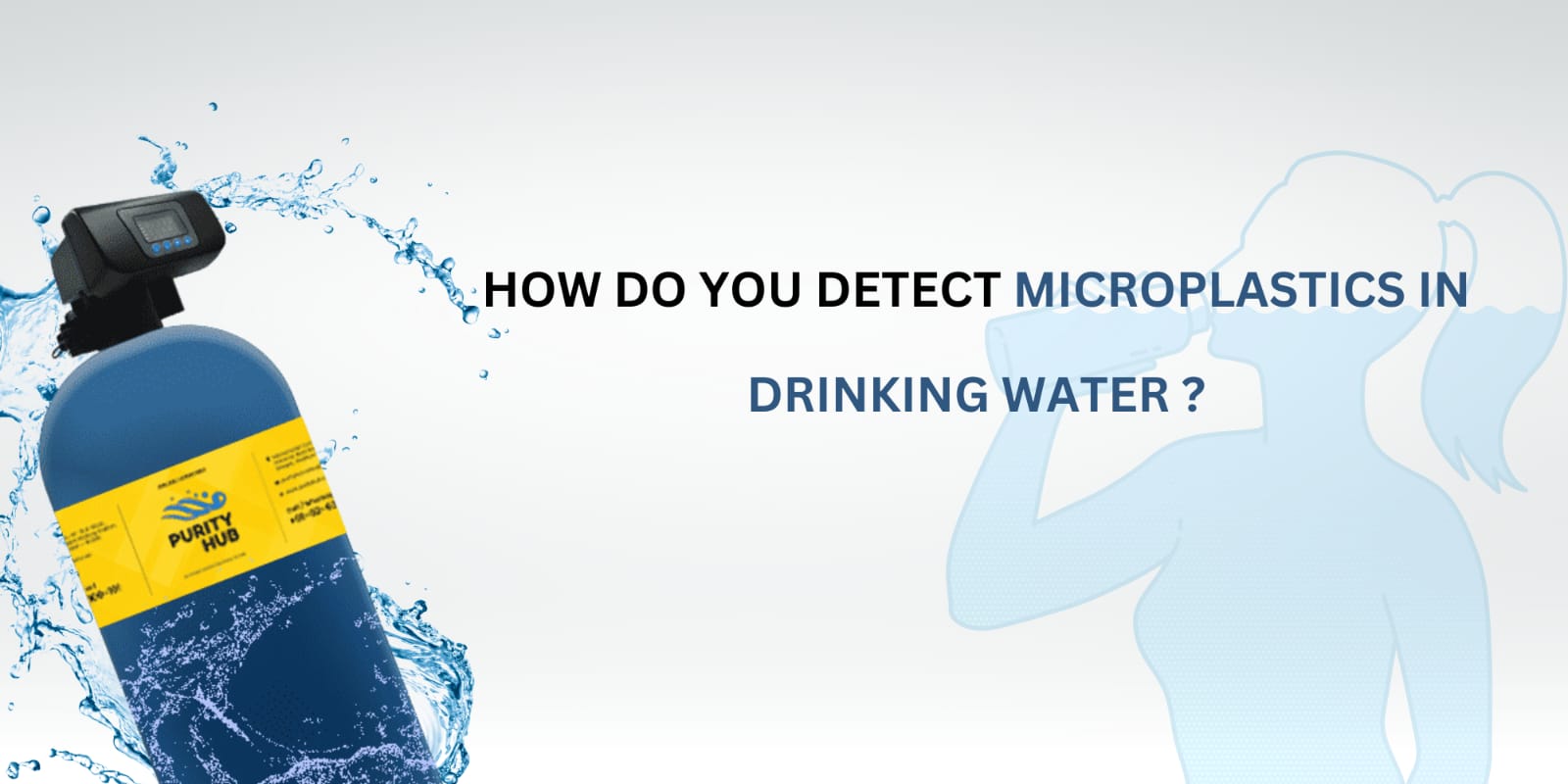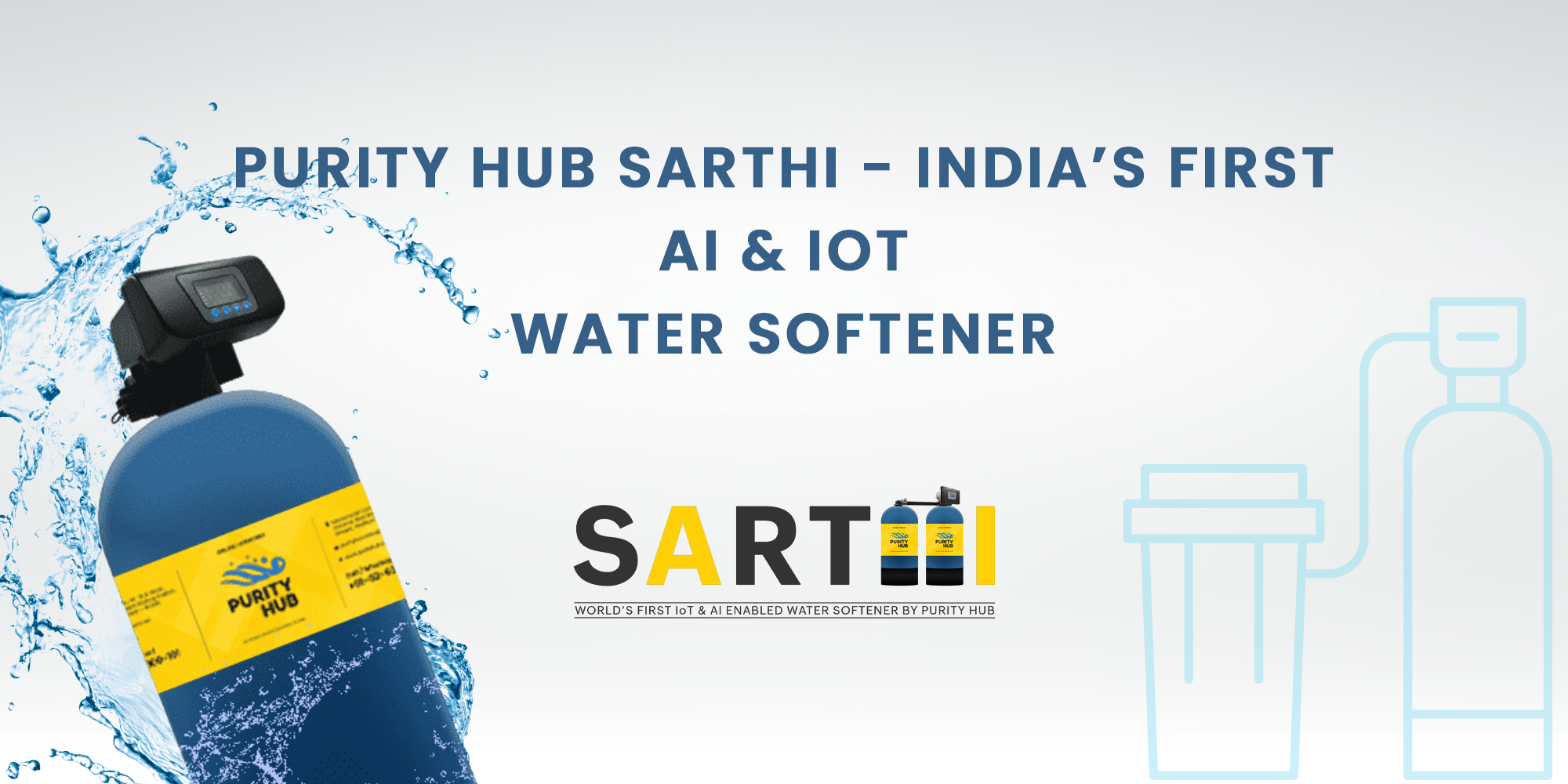
Detecting microplastics in drinking water is a challenging task due to their small size and diverse forms. Here are some common methods used for detecting microplastics in drinking water:
1. Filtration and Visual Inspection:
- Water samples are passed through a fine filter (typically <1 micron pore size).
- The filtered material is then visually inspected under a microscope to identify and count particles that appear to be microplastics based on their size, shape, and color.
2. Spectroscopy Techniques:
- FTIR (Fourier Transform Infrared Spectroscopy): This technique identifies chemical bonds in the material, allowing differentiation between plastics and other organic or inorganic particles.
- Raman Spectroscopy: Provides molecular information about the composition of particles, helping to distinguish plastics from other substances.
3. Microscopy Imaging:
- Scanning Electron Microscopy (SEM) and Transmission Electron Microscopy (TEM): These methods provide high-resolution images of particles, enabling identification based on morphology and surface characteristics.
4. Fluorescence Techniques:
- Fluorescence Microscopy: Some microplastics can be stained with fluorescent dyes that bind specifically to plastic polymers, making them easier to detect and quantify under a fluorescence microscope.
5. Density Separation:
- Water samples are treated with a solution of a known density (e.g., zinc chloride) to concentrate microplastics, which have a lower density than water.
- Microplastics float to the surface or sink to the bottom, where they can be collected and analyzed.
6. Automated Imaging and Analysis:
- Advanced technologies combine automated image analysis with microscopy to rapidly screen large volumes of water samples for microplastics.
- Machine learning algorithms are sometimes employed to distinguish microplastics from natural particles based on training data sets.
7. Chemical Extraction:
- Chemical digestion methods involve treating water samples with oxidizing agents to dissolve organic matter while leaving microplastics intact.
- The remaining particles are filtered and analyzed using microscopy or spectroscopy techniques.
8. Field Sampling and Analysis:
- In situ methods involve directly sampling water bodies using specialized equipment.
- Portable instruments like handheld FTIR or Raman spectrometers can provide rapid analysis of collected samples in the field.
Detection of microplastics in drinking water requires a combination of sample preparation techniques, analytical methods, and expertise in identifying and quantifying these tiny particles. Each method has its strengths and limitations, and often a combination of approaches is used to enhance accuracy and reliability in detecting microplastics contamination in drinking water.



